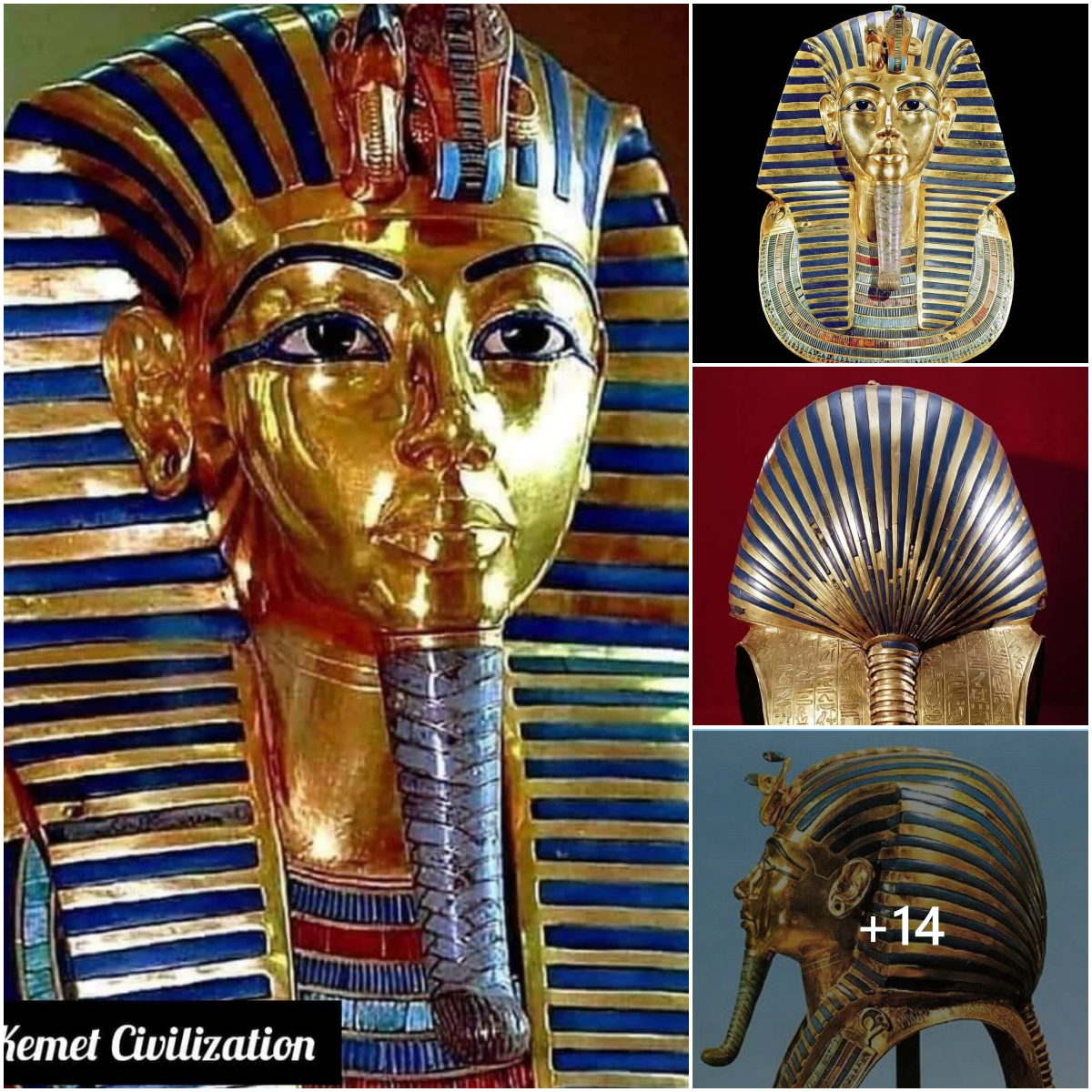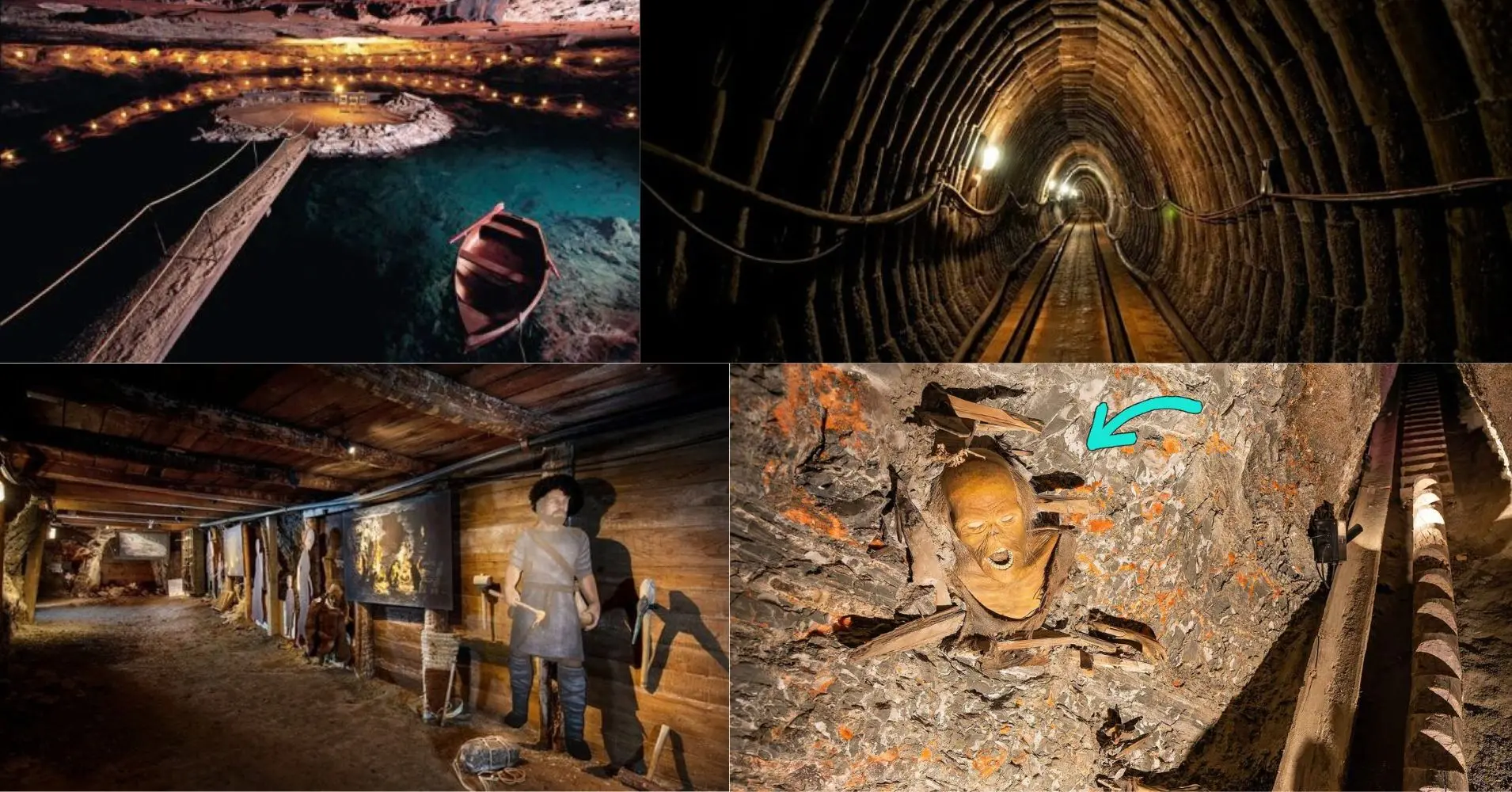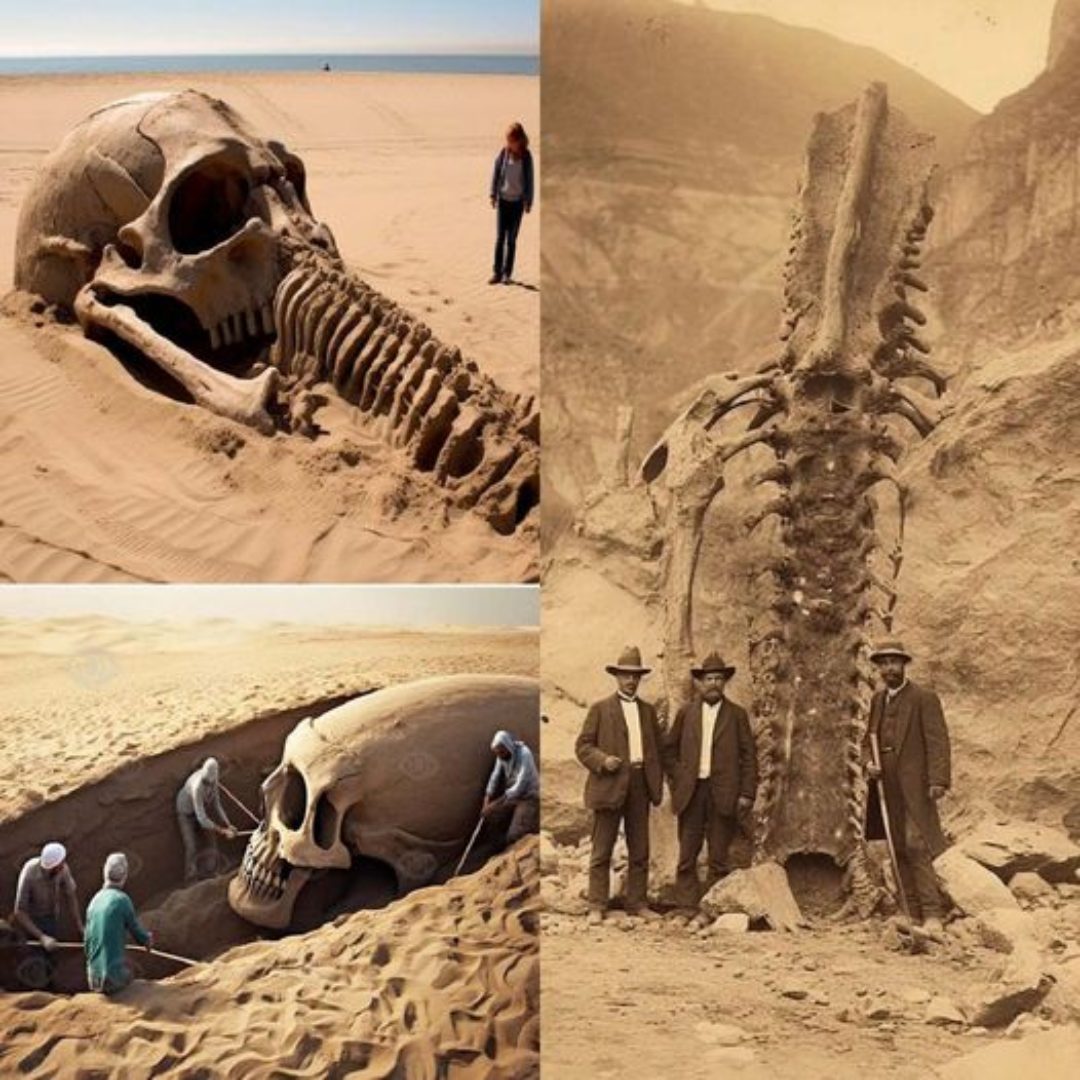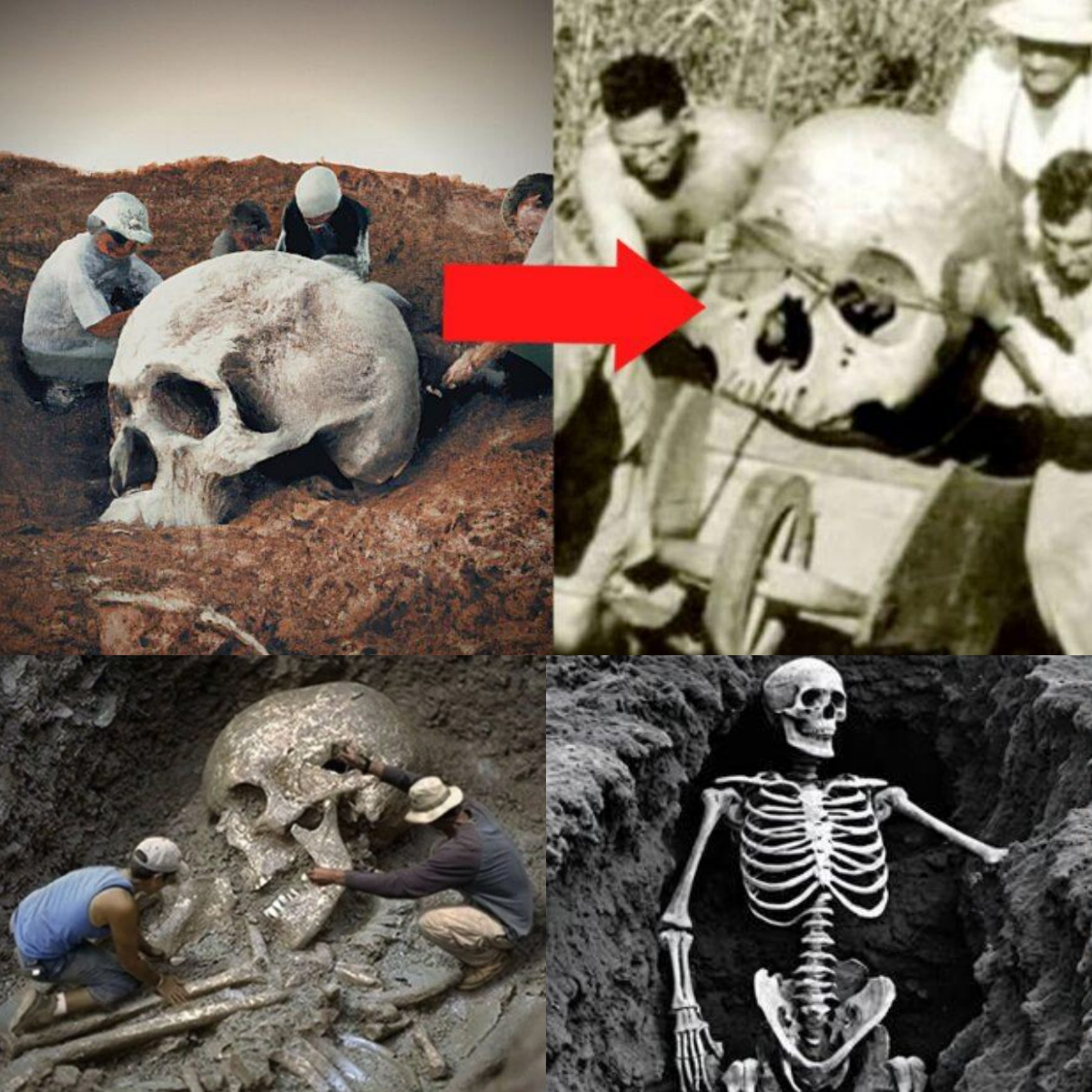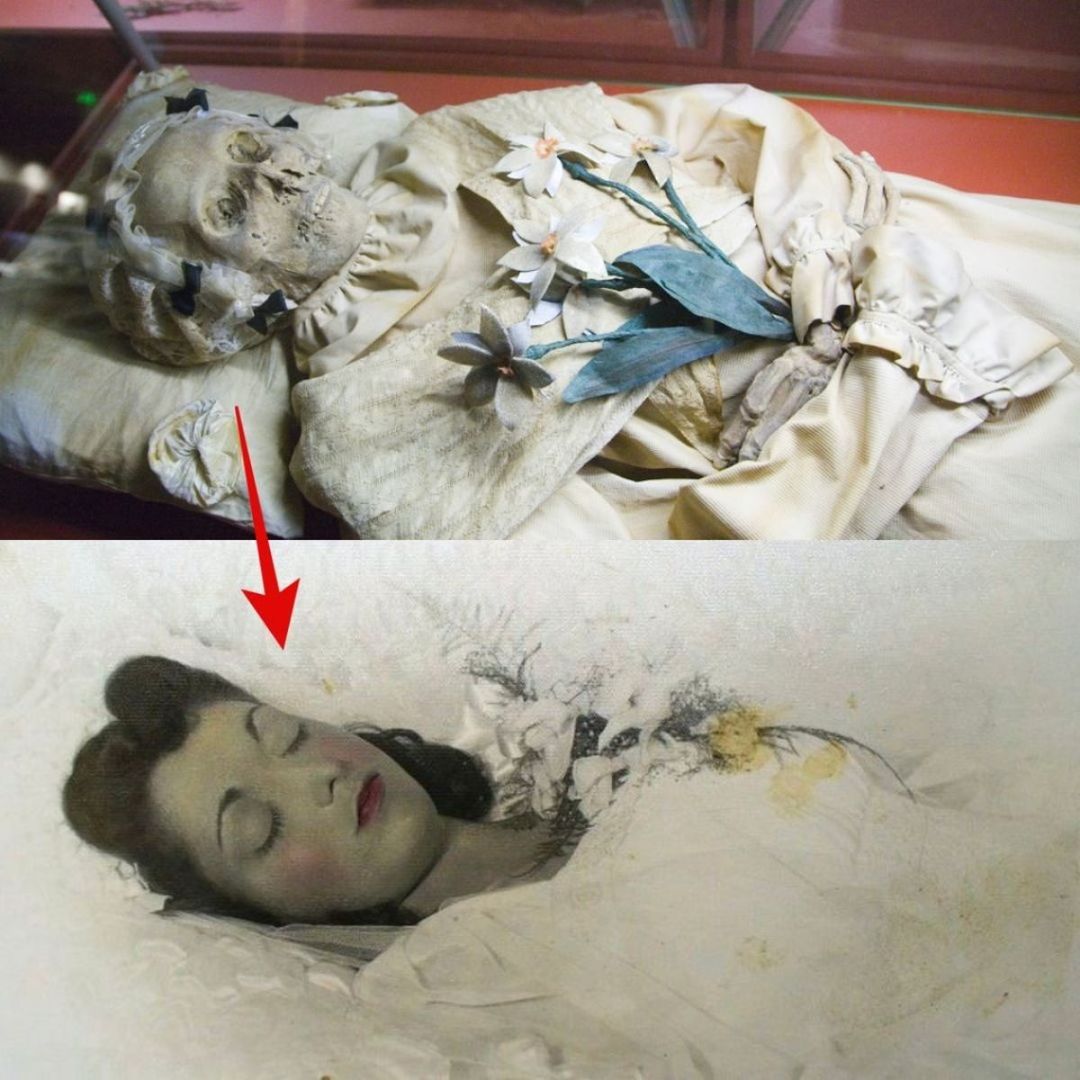Israel archaeologists find ancient comb with ‘full sentence’
It’s a simple sentence that captures the hopes and fears of modern-day parents as much as the bronze age Canaanite who owned the doubled-edged ivory comb on which the words appear.
Believed to be the oldest known sentence written in the earliest alphabet, the inscription on the luxury item reads: “May this tusk root out the lice of the hair and the beard.”

Unearthed in Lachish, a Canaanite city state in the second millennium BCE and the second most important city in the kingdom of Judah, the comb suggests that humans have endured lice for thousands of years and that even the wealthiest were not spared the grim infestations.
“The inscription is very human,” said Prof Yosef Garfinkel, an archaeologist at the Hebrew University of Jerusalem, who helped direct the Lachish excavations.
“You have a comb and on the comb you have a wish to destroy lice on the hair and beard. Nowadays we have all these sprays and modern medicines and poisons. In the past they didn’t have those.”
The comb, which measures 3.5cm by 2.5cm, was discovered at the site in south-central Israel in 2017, but the shallow engravings on the surface were only spotted in December last year.
Analysis of the markings confirmed the writing to be Canaanite script, the earliest alphabet, which was invented about 3,800 years ago.

Efforts to obtain an age for the comb from carbon dating proved futile, but researchers believe it was made around 1700 BCE.
The comb is worn and has lost its teeth, but the remaining stumps show that it once bore six widely spaced teeth for removing hair tangles on one side, and 14 narrowly spaced teeth for removing lice and eggs on the other.
Further evidence for the comb’s purpose came when researchers examined it under a microscope and identified the tough outer membranes of half millimetre-long nymph stages of head lice.
The letters on the comb spell out seven words that form the first completely deciphered sentence in a Canaanite dialect, written in Canaanite script, said the researchers in the Jerusalem Journal of Archaeology.
Ancient combs were made from wood, bone and ivory, but the latter would have been expensive, imported luxuries. There were no elephants in Canaan at the time.
The world’s first writing systems originated in Mesopotamia and Egypt around 3200 BCE, but these were not alphabetic.
They relied on hundreds of different signs to represent words or syllables and as such required years to master, said Christopher Rollston, professor of northwest Semitic languages at George Washington University in the US.

The earliest alphabet was invented around 1800 BCE by Semitic-speaking people who were familiar with the Egyptian writing system, said Rollston.
Known as Canaanite or early alphabetic the system was used for hundreds of years, particularly in the Levant, and was standardised by the Phoenicians in ancient Lebanon.
It went on to become the foundation for ancient Greek, Latin and most modern languages in Europe today.
“The fact that this inscription is about ordinary life is especially fascinating,” Rollston said. “Throughout human history lice have been a perennial problem. And this inscription nicely reveals that even the rich and famous in ancient times were not exempt from such problems. We can only hope that this inscribed comb was useful in doing that which it says it was supposed to do – root out some of these pesky insects.”
This article was amended on 9 November 2022 to clarify in the headline that the discovery is not believed to be the oldest written sentence, but the oldest sentence written in the first alphabet. A reference to the site of the find being in south-central Israel was also added.
